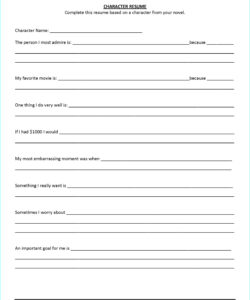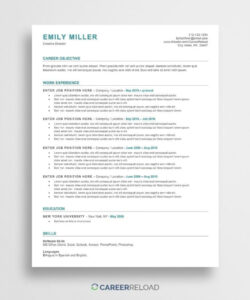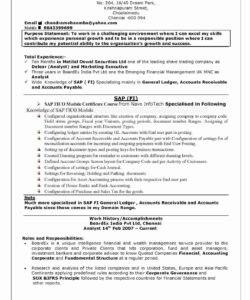When applying for a job that requires a security clearance, it is important to know how to list your clearance on your resume. A security clearance is a valuable asset that can help you stand out from other candidates. In this article, we will discuss the best practices for listing a security clearance on your resume.
First, it is important to understand what a security clearance is. A security clearance is a status granted to individuals allowing them access to classified information. There are three levels of security clearance: confidential, secret, and top secret. Each level requires a different level of investigation and clearance.
Listing Your Security Clearance on Your Resume
When listing your security clearance on your resume, there are a few things to keep in mind. First, you should list your clearance in the education or training section of your resume. This is where employers expect to find information about your qualifications and certifications.
Second, you should list the level of your clearance. For example, if you have a top secret clearance, you should list it as “Top Secret Clearance” on your resume. If you have a confidential or secret clearance, you should list it as “Confidential Clearance” or “Secret Clearance,” respectively.
Third, you should list the date your clearance was granted. This is important information for employers to know, as it indicates how recently your clearance was granted.
Finally, you should list the agency that granted your clearance. This is important information for employers to know, as it indicates the level of investigation that was conducted.
How to Highlight Your Security Clearance on Your Resume
Listing your security clearance on your resume is important, but it is also important to highlight it in a way that catches the employer’s attention. One way to do this is to include your clearance in your resume summary or objective statement. For example, you could write “Top Secret Clearance holder with over 5 years of experience in the defense industry.”
Another way to highlight your clearance is to include it in your job titles. For example, you could write “Security Clearance Analyst” or “Top Secret Clearance Investigator.”
By following these best practices for listing and highlighting your security clearance on your resume, you can increase your chances of landing the job you want.
FAQ
Q: How do I know if I need a security clearance?
A: If you are applying for a job that requires access to classified information, you will likely need a security clearance. The job posting should indicate whether a clearance is required.
Q: How long does it take to get a security clearance?
A: The length of time it takes to get a security clearance varies depending on the level of clearance required and the complexity of the investigation. It can take anywhere from a few weeks to several months.
Q: Can I list my security clearance if it has expired?
A: No, you should not list an expired security clearance on your resume. However, you can list the fact that you previously held a clearance and the level of clearance you held.
Q: Can I apply for a job that requires a security clearance if I don’t have one?
A: Yes, you can apply for a job that requires a security clearance even if you don’t currently have one. However, you will need to be able to obtain a clearance in order to be hired for the job.
Q: What happens if I lie about my security clearance on my resume?
A: Lying about your security clearance on your resume is a serious offense that can result in criminal charges. It is important to be honest about your qualifications and certifications.


